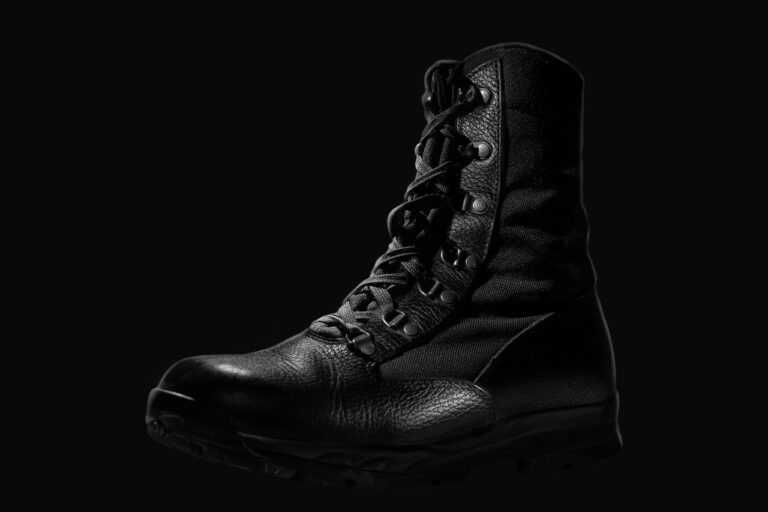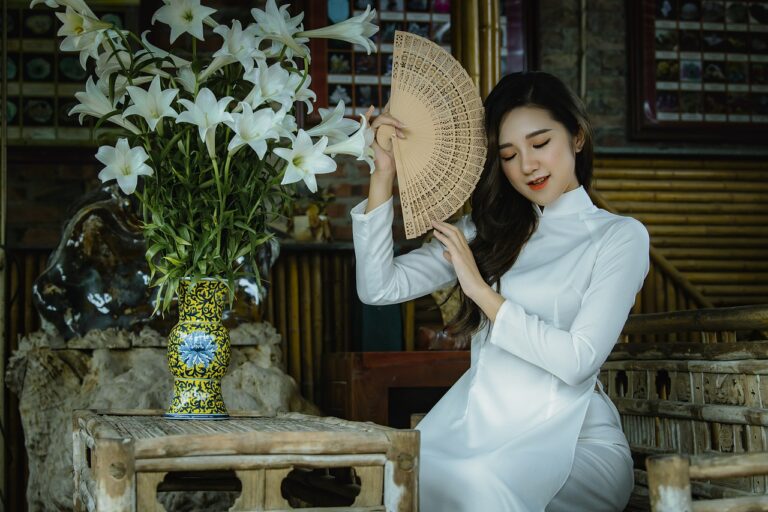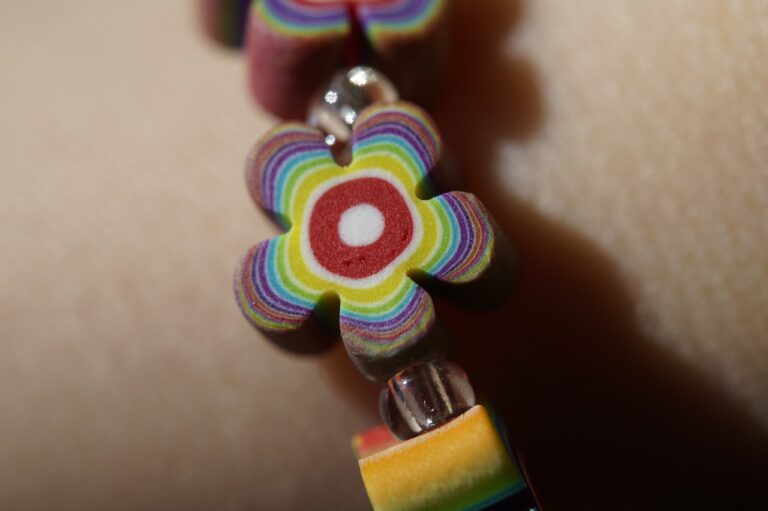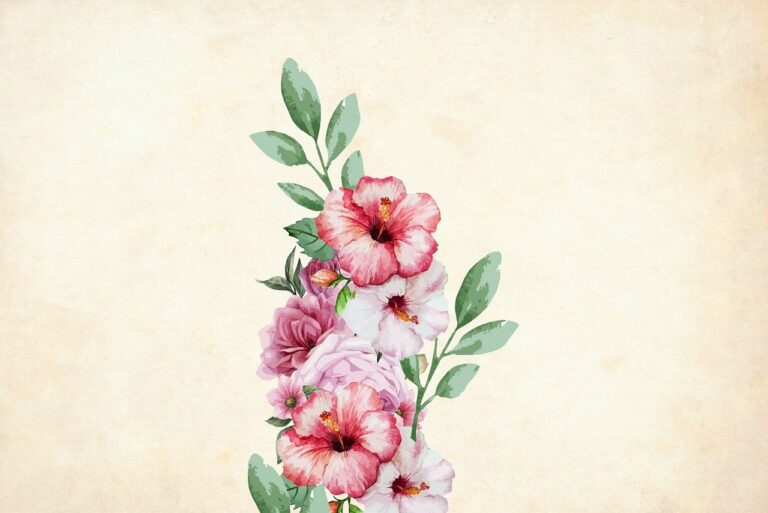Fashionable Films: Iconic Movies with Memorable Costume Design
With the evolution of cinema, costume design has become a crucial element in shaping the overall look and feel of a film. Certain movies have stood out for their innovative and trendsetting approach to costumes, leaving a lasting impact on the fashion industry. These films have not only captivated audiences with their storytelling, but also inspired fashion designers and enthusiasts around the world.
From the elegant and sophisticated styles of Audrey Hepburn in “Breakfast at Tiffany’s” to the edgy and provocative looks of Uma Thurman in “Pulp Fiction,” these films have pushed boundaries and redefined what it means to dress a character on screen. The iconic costumes from these movies have transcended time and continue to influence fashion trends to this day, showcasing the power of costume design in storytelling and cultural influence.
The Impact of Costume Design on Film Industry
Costume design in the film industry plays a pivotal role in shaping the overall aesthetic and narrative of a movie. It serves as a visual language that communicates character traits, historical settings, and cultural backgrounds without relying on dialogue or exposition. A well-crafted costume can instantly transport the audience to a different time or place and enhance their viewing experience by immersing them in the story.
Moreover, costume design not only influences storytelling but also impacts the audience’s perception of the characters on screen. The choice of clothing and accessories can help define a character’s personality, social status, and emotional state, allowing viewers to connect with them on a deeper level. From elaborate period costumes to contemporary streetwear, each outfit is carefully selected to convey a specific message and evoke certain emotions, adding layers of complexity to the film’s narrative.
• Costume design serves as a visual language in the film industry
• It communicates character traits, historical settings, and cultural backgrounds
• Well-crafted costumes can transport the audience to different times or places
• Costumes enhance the viewing experience by immersing viewers in the story
In addition to shaping storytelling and enhancing immersion, costume design also plays a crucial role in defining characters on screen. The way characters dress can provide valuable insights into their personalities, social standing, and emotional journey throughout the film. Whether it’s a superhero’s iconic suit or a villain’s sinister attire, each costume choice contributes to building a more nuanced and relatable character for audiences to engage with.
Furthermore, costume design has a significant impact on audience engagement and box office success. Memorable costumes have the power to capture viewers’ attention, spark fashion trends, and even influence popular culture long after the movie has left theaters. Iconic outfits like Marilyn Monroe’s white dress from “The Seven Year Itch” or Audrey Hepburn’s little black dress from “Breakfast at Tiffany’s” have become timeless symbols of style and sophistication that continue to resonate with audiences worldwide.
• Character costumes provide insights into personalities and emotions
• Each costume choice builds more nuanced and relatable characters
• Memorable costumes can capture viewer attention and influence popular culture
• Iconic outfits become timeless symbols of style that resonate globally
Classic Movies Known for Their Iconic Wardrobes
Some classic movies are not only remembered for their gripping storylines and talented performances, but also for the iconic wardrobes that have left a lasting impression on audiences. Films like “Breakfast at Tiffany’s” starring Audrey Hepburn showcased sophisticated and timeless styles that continue to influence fashion trends to this day. Hepburn’s character, Holly Golightly, became synonymous with the little black dress and oversized sunglasses, setting the standard for chic and elegant looks.
Another film known for its iconic wardrobe is “Gone with the Wind,” which brought the lavish and extravagant fashion of the antebellum South to life. Scarlett O’Hara’s stunning ball gowns and dresses made from curtains have become legendary in the world of cinema, captivating viewers with their grandeur and attention to detail. The costumes in “Gone with the Wind” not only reflected the opulence of the era but also added depth to the characters and storytelling, making them an integral part of the film’s legacy.
Why is costume design important in film?
Costume design plays a crucial role in helping to establish the time period, setting, and characters in a film. It can enhance storytelling, evoke emotions, and create memorable visuals for the audience.
How do classic movies influence fashion trends?
Classic movies often feature iconic wardrobes that can inspire fashion trends for years to come. The costumes in these films can become timeless and influential, shaping the way people dress and style themselves.
Which classic movies are known for their iconic wardrobes?
Some classic movies known for their iconic wardrobes include “Breakfast at Tiffany’s,” “Gone with the Wind,” “The Great Gatsby,” and “Singin’ in the Rain.” These films have left a lasting impact on the world of fashion and costume design.
How does costume design contribute to the overall success of a film?
Costume design can help bring a film’s characters to life, giving them depth and personality. It can also contribute to the overall aesthetic of the film, helping to create a visually stunning and immersive experience for the audience.







